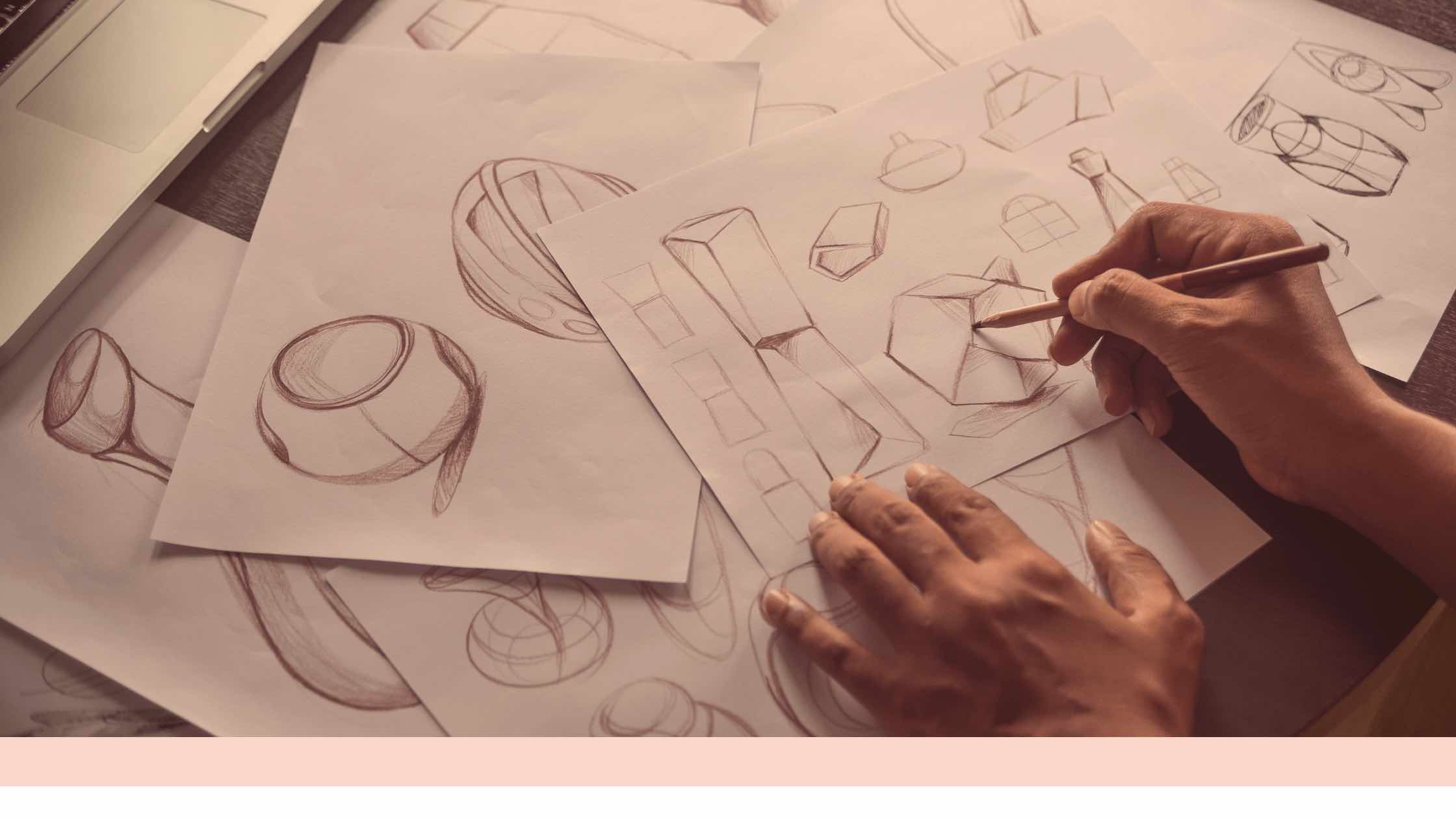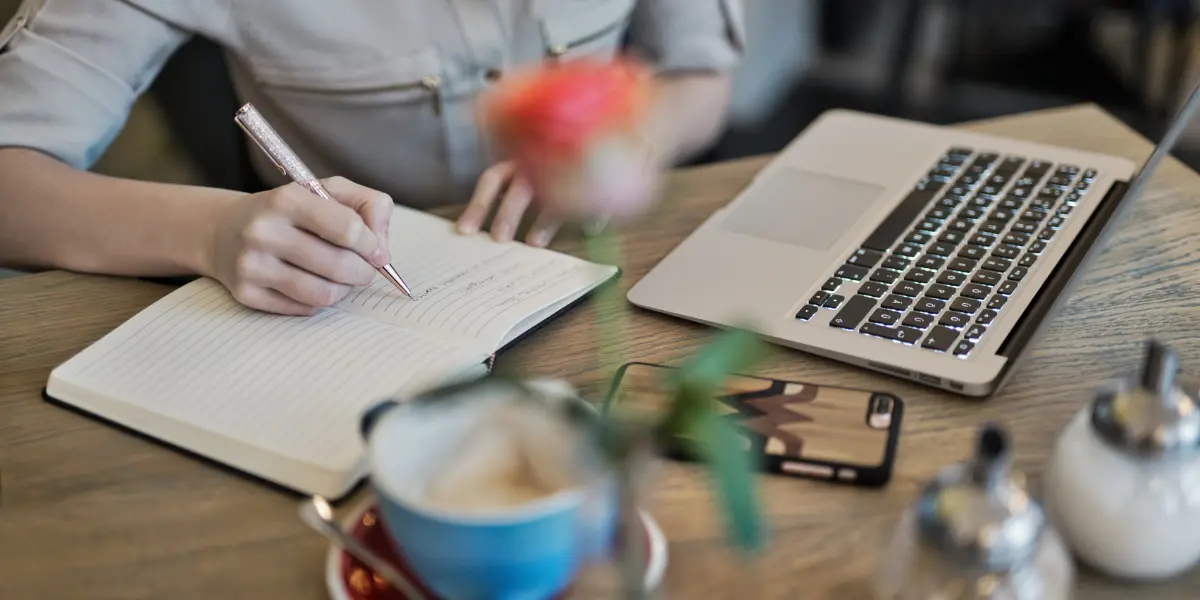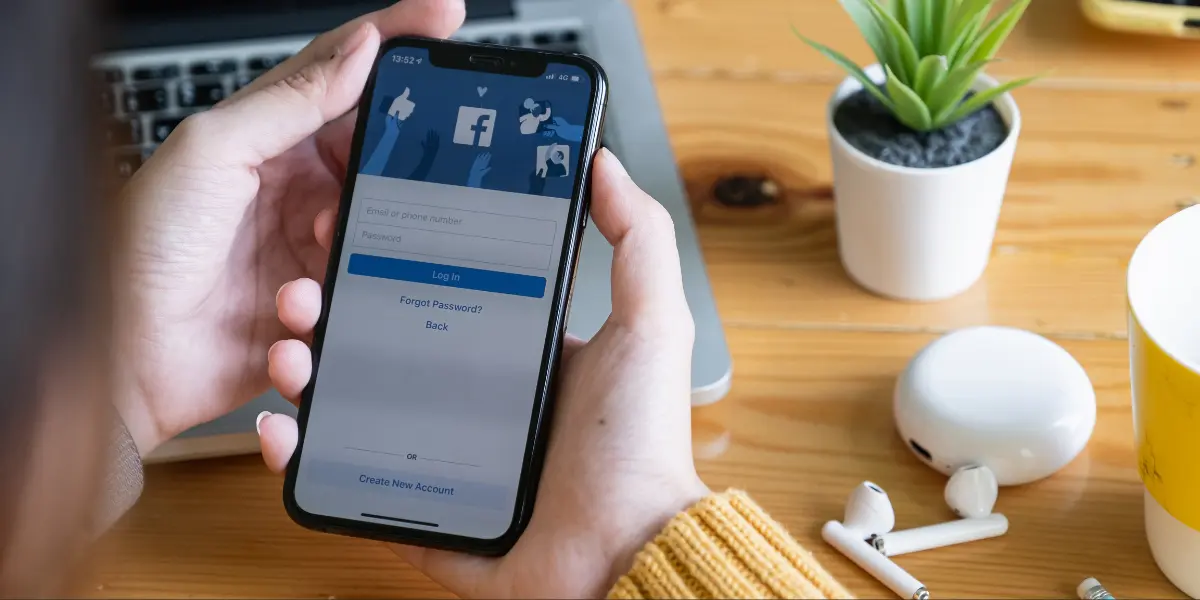Repetition is one of the primary principles of graphic design. It has a dramatic effect on the overall quality of work you’ll produce. Correct usage of repetition can allow you to create a cohesive and visually appealing designs.
In this guide, you’ll learn the primary benefits of correctly using repetition, as well as how to do it! Keep reading to start learning…
Benefits of Repetition in Design
Unity: Repetition can create a sense of unity by tying together different elements of a design. This can make a design look more cohesive and visually appealing.
Uniformity: Repetition can also create a sense of uniformity in a design, which can make it more interesting and engaging to look at.
Emphasis: Repetition can also be used to create emphasis on certain elements of a design. This can help to draw attention to important information or messages.
How to use Repetition in Design Effectively
So now that you know what repetition is and why it’s important, it’s time to learn how to use it in your content and designs. Luckily, it’s super simple to use! Here’s how:
Be consistent
When using repetition, it is important to be consistent with the size, shape, colour, and placement of the repeated elements. This will help to create a more unified and cohesive design.
In terms of social media content, this can be done by repeating the same element across multiple posts, or even using the same template for different types of content. For example, you could post a case study every week, and use the same design for each one.
Not only does this make your content look cohesive, but it’ll also speed up your creation process, as you won’t have to “reinvent the wheel” every time you need to publish a case study.
Vary the size and spacing
While it is important to be consistent with the basics of repeated elements, you can vary the size and spacing of them to create visual interest. This can be done by using different font sizes, line weights, shape sizes, etc.
We recommend only varying one of the parameters above. For example, if you have multiple titles in your content, vary the sizes to differentiate levels of importance, whilst keeping the typeface the same.
This will allow your readers to immediately recognise what pieces of text are the titles (as they’re all in the same font) and also discern which are the most important (through the different sizes).
Use negative space
Negative space, or the space around the repeated elements, can also be used to create visual interest. By carefully considering the placement of the repeated elements, you can create a sense of balance and harmony in your design.
This is great if you have multiple elements that are all the same, but don’t want them to appear too close to each other. Adding a generous helping of white space can help to separate visually similar elements to stop the overall composition from feeling too repetitive.
A Note on Using Repetition in Design
Whilst using repetition in your social media content is very important, it doesn’t take too long for it to feel too, well, repetitive. Below are a few things to keep in mind when creating social media content:
- Be creative: Don’t just repeat the same thing over and over again. Get creative with how you use repetition to make your content more interesting and engaging. For example, you could use different fonts, colours, or layouts to create a more visually appealing presentation.
- Be mindful of your audience: When using repetition, it’s important to be mindful of your audience, and what kind of content do they resonate with. By understanding your audience, you can tailor your content to their needs and preferences.
- Use repetition sparingly: Too much repetition can be overwhelming and off-putting. Use it sparingly to create emphasis and to make your content more memorable.
Conclusion
Repetition is a versatile design principle that can be used to create a variety of effects. By following the tips in this article, you can use repetition to create designs that are visually appealing, cohesive, and memorable.
Now that you know how to use repetition in your work, it’s time to brush up on the other graphic design principles you have at your disposal. Luckily, we’ve got an overview of each one in our 12 Principles of Graphic Design infographic!






